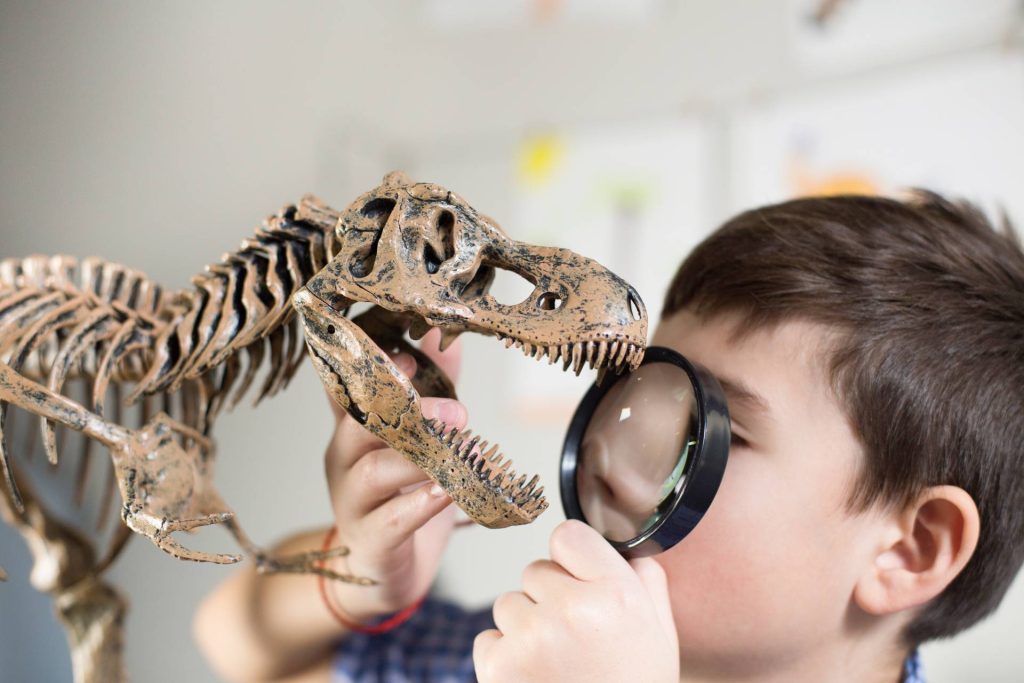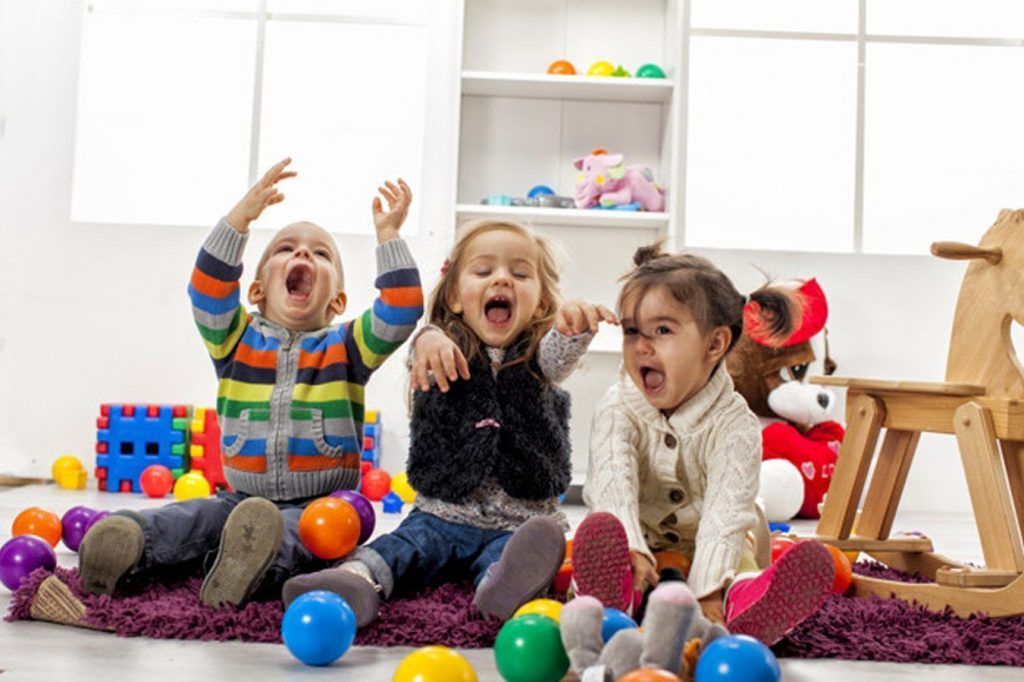Between logic games and practical applications, there are no universal solutions but cultural approaches
«Number is the ruler of forms and ideas, and the origin of gods and spirits.»
Attributed to Pythagoras by Iamblichus of Chalcis in “Life of Pythagoras”.
I am neither a pedagogue nor a developmental psychologist, so I can only complement the skills of these professionals. I do another job, that of the scientific adviser, who is a kind of mythological creature with many heads: expert, communicator, mediator, educator, and often many others. Mine is therefore a point of view, cultivated over more than ten years of activity, which tries to bring together scientific research, cultural issues, and educational experience. Consequently, the answer I will try to give to the question “how to bring children closer to mathematics” will have little to do with the children themselves, and a great deal to do with families and society.
One aspect I often find myself considering is that, in a significant percentage of families,while the learning of language skills is perceived as ‘natural’ and there is no lack of encouragement to develop expressiveness through play and creative practices, it is less common for there to be the same attention to numerical skills as simple ‘counting’ In more purely folkloric terms: while the acquisition of the first words is celebrated as a significant moment, and the sheets of paper full of drawn lines are displayed for ever on the refrigerator door, the first arithmetic operations hardly enjoy the same emotional response from families.
In general, this is part of a broader cultural discourse, in which the humanities and the arts are considered fundamental to the formation of the individual and the creation of social relationships, while science and especially mathematics are perceived as more difficult, more impersonal, less important for integration into the social group, and indeed often reserved for a small circle of ‘gifted’ people. Mathematics is seen as a mechanical activity, to be learned with a view to obtaining good school results, but of little relevance to everyday life and certainly far from being fun and enjoyable.
This, of course, is a prejudice that is historically widespread in our country, and is also the consequence of educational philosophies that have their roots at the beginning of the last century, with the idealism of Croce and Gentile. In reality, scientific practice, although canonised in method, is based on the natural learning process of the human being, through trial and error, and continuous improvement. Similarly, there are strong indications that basic mathematical skills are innate, and that we are therefore an indispensable part of human cognition. The pioneering studies of Karen Wynn, a Canadian-American scientist working in the field of cognitive science, which demonstrated basic mathematical abilities in children from about six months of age, and which earned her publication in the prestigious journal Nature in 1992, were very important in this respect.
Having therefore dispelled the prejudice that mathematical skills are somehow accessory to cognitive development in childhood, and shown that they are an essential part of it from an early age, the question remains as to the best ways of introducing children to mathematics and developing their logical, numerical and spatial skills.
Regarding this, in my experience, the most important issue is the realisation that there are no simple, let alone one-size-fits-all solutions, but that the approach must be primarily cultural. Indeed, and it should be redundant to say this, not all ‘children’ are the same. Even leaving aside questions concerning the timing of cognitive development, there are sensitivities and preferences that have a right to be respected. Some of these differences, by the way, are not even personal but the result of social pressures that exert their influence from childhood through the family and shared culture. It is therefore clear that there are no ‘universal solutions’, but rather different proposals that can be effective in different ways depending on the individual and the situation.
Some of these are based on games: the “gamification” of mathematical practice, through games, scores, levels, competitions can be a way of generating interest and gratification. Many digital proposals, for example, go in this direction, focusing on ‘coding’ as an educational aspect of computer programming.
But this is not the only possibility: for others, the interesting aspect of mathematics can be the practical aspect of problem solving. Mathematics as a tool to achieve practical results, through the use of physical objects, the construction of structures, or the use of mechanical tools: this approach fits well into the STEM (science, technology, engineering, mathematics) educational philosophy that integrates mathematics with its applications.
Another aspect, which is often overlooked, comes from an appreciation of the beauty of mathematics: a tool for lucid and linear thinking, allowing concepts far removed from everyday practice but rich in fascination to be explored with the mind. This approach is somewhat sidelined by teachers because it can be more complex, but it represents a possibility that should be proposed to provide, if nothing else, a different perspective on mathematics.
As I said, there are several possible approaches. But there is an underlying issue which, as I said at the beginning, has little to do with children and a lot to do with families and society. If the common sentiment about mathematics conveyed by adults is that it is a hard and boring subject, one cannot expect a different response from boys and girls. For every statement like “I have never understood mathematics” said almost with pride, or “mathematics has always been boring to me” said with a shrug of the shoulders, we are influencing the younger generation to repeat the same actions and put in place the same rejection mechanisms.
This, in my experience, is the fundamental issue that needs to be addressed. Transforming the external question “how to bring children closer to mathematics” into an internal question: “how not to alienate children from mathematics”. Only then, when adults have focused on their own role and responsibility, can the question of learning methods be addressed, and work together to find the most effective approaches.










